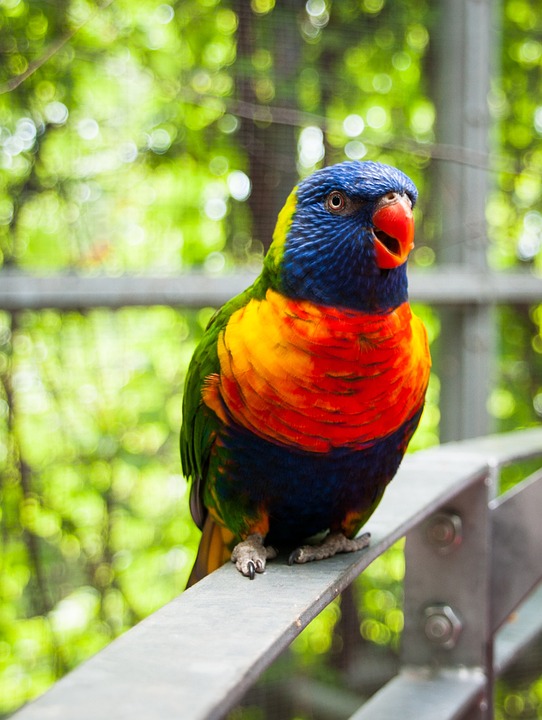Parrots are known for their natural inclination to chew, which is an important behavior for their mental and physical well-being. However, excessive chewing on household items can cause damage and pose risks to both the parrot and their environment. In this article, we will explore effective strategies to discourage excessive chewing and answer frequently asked questions about parrot behavior.
Firstly, it is important to understand the chewing behavior of parrots. Chewing is an instinctual need for parrots, as it allows them to explore their surroundings and keep their beaks healthy. Excessive chewing, however, can be a result of boredom, stress, or lack of appropriate outlets for chewing.
Excessive chewing can be dangerous for parrots. They may ingest toxic materials or swallow small objects, which can lead to health issues. Additionally, valuable household items and furniture can be damaged, resulting in costly repairs or replacements.
To discourage excessive chewing, it is essential to create a parrot-friendly environment. Providing ample chewing opportunities is crucial. Offer a variety of bird-safe toys and objects for your parrot to chew on. Rotate and introduce new toys regularly to keep them engaged and prevent boredom.
Distracting and redirecting chewing behavior is another effective strategy. Offer alternative items for chewing, such as wooden blocks or bird-safe branches. Use positive reinforcement techniques to encourage appropriate chewing behavior. Reward your parrot with treats or praise when they chew on the designated toys.
Environmental enrichment is also important. Create a stimulating environment with foraging activities and puzzle toys. Introduce natural elements like branches, leaves, or pine cones for your parrot to explore and chew on, under supervision.
Training techniques can also be useful in discouraging excessive chewing. Positive reinforcement training, where desirable behaviors are rewarded with treats or praise, can be effective. Clicker training, a method using a clicker to mark desired behaviors, can also help modify chewing habits.
Utilizing spray bottles or noise deterrents can interrupt chewing behavior. A gentle mist spray or a noise deterrent can be used to discourage chewing on inappropriate items. However, it is important to ensure that the deterrent is not harmful or stressful for your parrot.
Consistency and patience are key when modifying behavior. Understand that behavior modification takes time and consistency. Be patient and persistent in reinforcing appropriate chewing habits.
Frequently asked questions about parrot chewing behavior include understanding why parrots chew so much, differentiating between normal and excessive chewing, identifying potential health issues related to excessive chewing, recommending safe and engaging toys for parrots to chew on, and explaining that it is not possible to completely eliminate a parrot’s chewing behavior but rather manage and redirect it.
In conclusion, understanding and managing parrot chewing behavior is vital for a harmonious living environment and the well-being of your parrot. By implementing the strategies mentioned above and providing appropriate outlets for chewing, you can successfully discourage excessive chewing on household items and foster a healthier relationship with your feathered friend.









